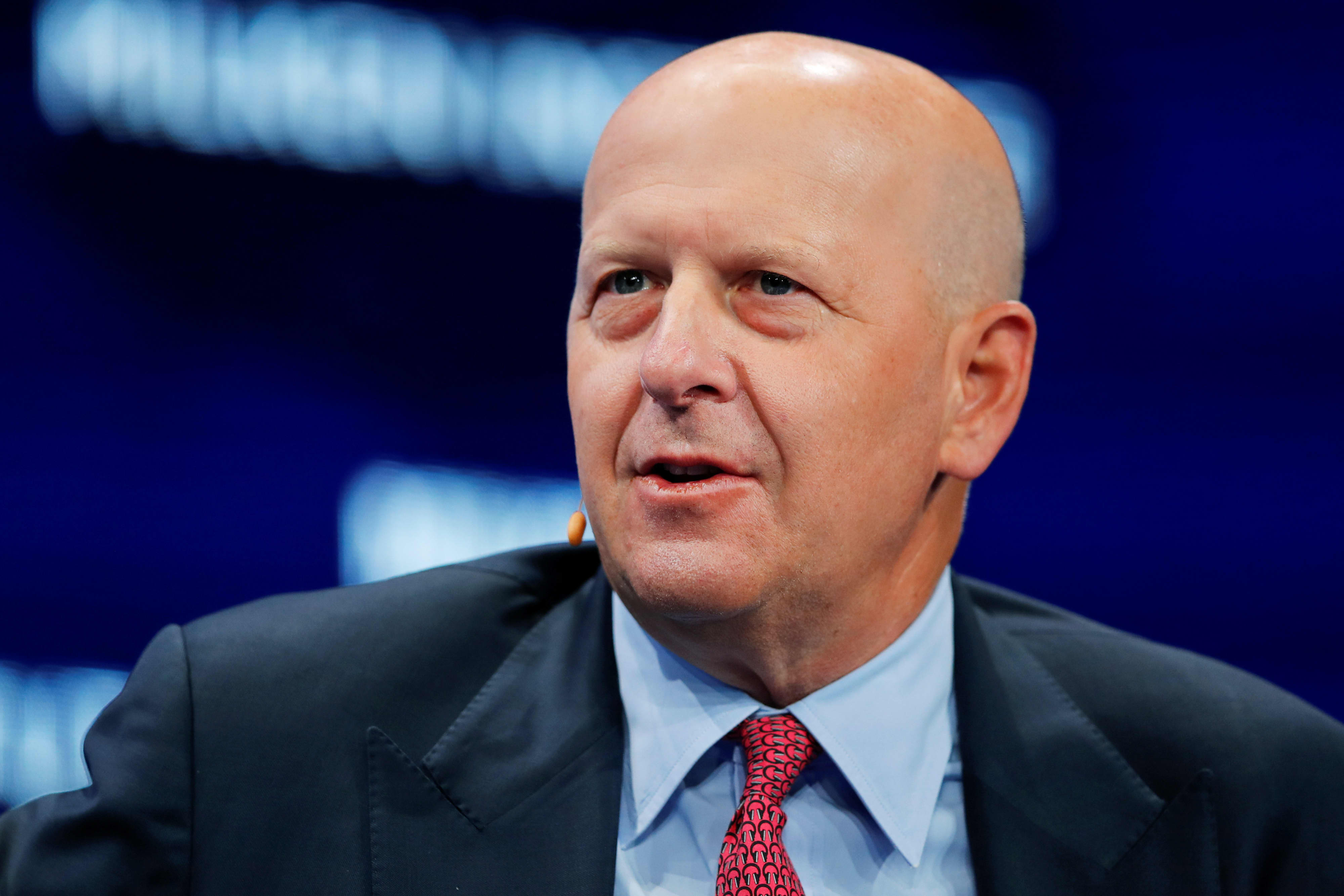David M. Solomon, Chairman and CEO of Goldman Sachs, speaks during the Milken Institute’s 22nd annual Global Conference in Beverly Hills, April 29, 2019
Mike Blake | Reuters
Goldman Sachs is years into transitioning from the bank of choice for millionaires to a more inclusive, consumer friendly brand. But the turnaround isn’t cheap.
The New York firm has spent $1.3 billion on its consumer arm Marcus, the Apple Card, and other new initiatives to date, Goldman Sachs chief financial officer Stephen Scherr told analysts after second-quarter earnings Tuesday. This year alone, the firm spent $275 million on the new businesses, resulting in a .6% drag on Goldman’s return on equity.
“Cumulatively, we are making substantial, organic investments to build new businesses and digital platforms,” Scherr said on a call with analysts Tuesday. “As these businesses scale over the coming years, this drag should not only reverse but become an accretive contributor to the firm’s [return on equity].”
The CFO, who joined Goldman in 1993, said the “depth” of these investments will happen this year and continue into 2020. There will also be a “meaningful impact” of Goldman’s reserve build to support initial growth in the Apple Card portfolio following the expected launch later this summer, he said. The bank plans to give a “strategic update” to investors in January and provide new targets, with return profiles on Marcus and the Apple credit card.
The 150-year-old investment bank moved into consumer finance three years ago with its Marcus business. Goldman’s consumer arm, which offers zero-fee high-interest savings and personal loans, has gathered about $48 billion in deposits and made $5 billion in loans so far. Goldman also announced its first credit card with tech giant Apple in March.
“There’s no denying the consumer business — whether Apple Card or Marcus — is a risk business,” Scherr said. “We’ll continue to look at it on a risk-adjusted return basis.”
Goldman Sachs reined in the rate of its Marcus loan growth to gear up for demand in the Apple card, Scherr said on the call.
“We have slowed the increasing growth in that in contemplation of taking on increasing consumer credit through the card business,” he said. Still, Scherr didn’t provide any revenue numbers on Marcus said it was “premature” to speculate about what the pace of the Apple Card and loan growth might look like.
“We’ll start to reflect more on that once we launch and once we start to build this portfolio out,” Scherr said.
Shares of Goldman Sachs rallied 1.7% Tuesday after beating Wall Street’s expectations for the second-quarter. The bank brought in earnings of $5.81 per share vs. $4.89 per share, forecast by Refinitiv. It also exceeded estimates on net revenue, total investment banking revenue, and equities revenue. Revenues for fixed income, currency and commodities were slightly below projections.
— CNBC’s Hugh Son contributed reporting.

